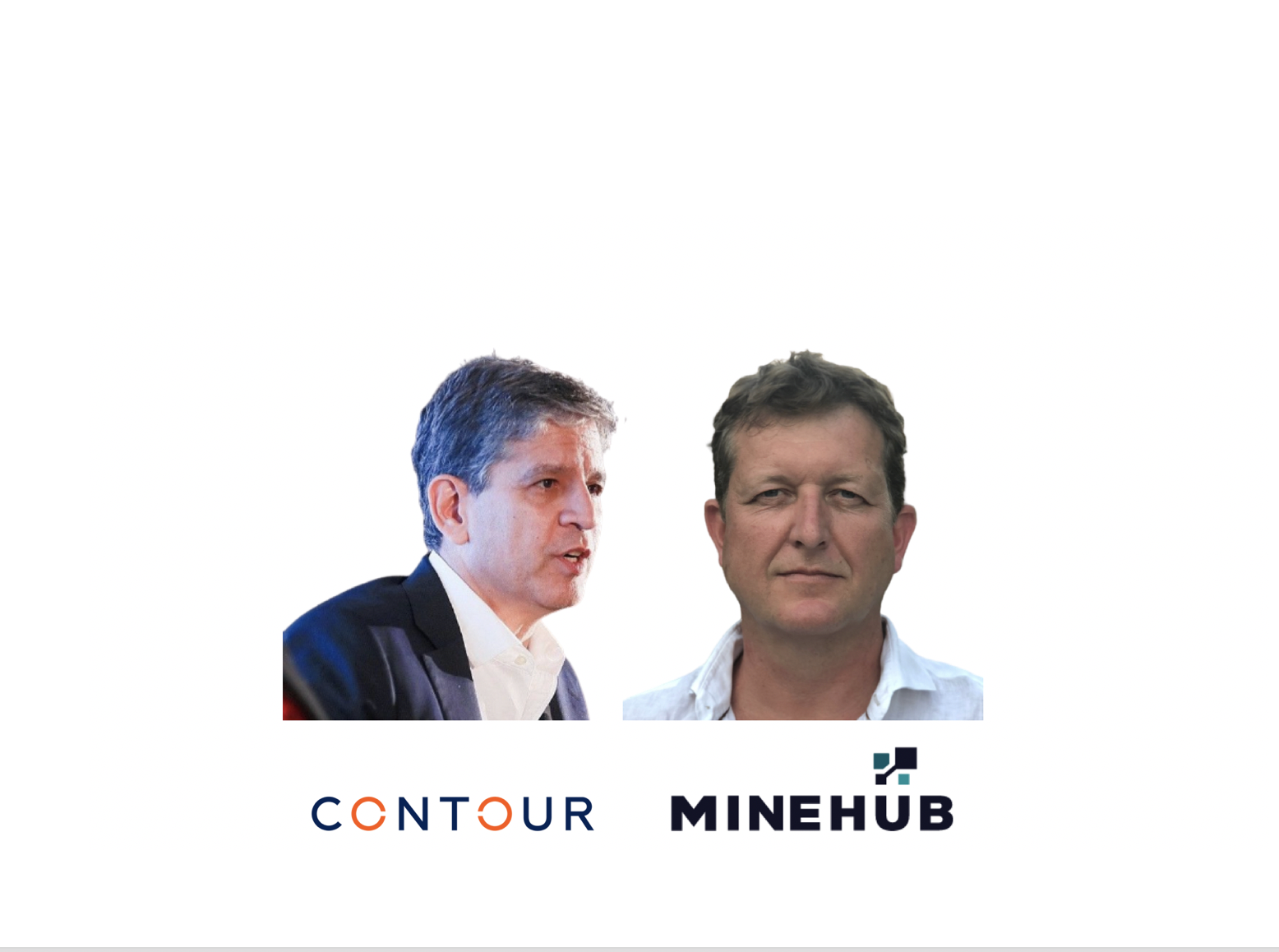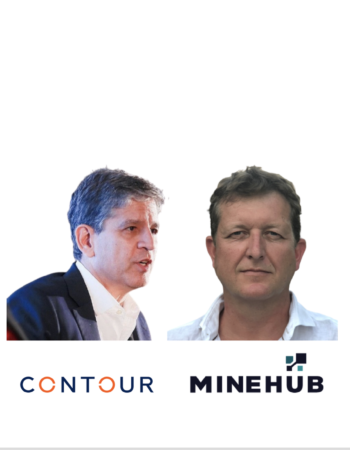
Arnoud Star Busmann, CEO of MineHub and Carl Wegner, CEO of Contour join us in this exciting podcast to discuss their cross blockchain ecosystem collaboration. Arnoud and Carl share their insights on how to identify opportunities for cross ecosystem collaboration based on customer overlaps and data to ultimately build an experience that will delight the customer.
What is blockchain?
Carl’s definition of blockchain, within the context of distributed ledger technology, is a way of managing multiple databases and keeping that data where they overlap is in sync. You have a set of consensus mechanisms to manage agreements between the multiple databases, a communications protocol and a rules-based system for them to work.
Arnould’s definition of blockchain is one of a data infrastructure that provides a shared single source of truth that is distributed across an ecosystem. The responsibility for maintaining the shared truth maintained by a neutral, unbiased machine or machines. The data is owned by the data owners but the truth is controlled by none of them. The governance model of data is really the crux of blockchain technology and distributed ledger technology in Arnould’s opinion.
ERP 2.0, it’s the ecosystem resource planning, building the apps and solutions that create value across an ecosystem instead of just one enterprise on the basis of that shared data.
Challenges MineHub addresses
In the mining and metals industry there are many parties involved in post trade management of physical commodity transactions and across general supply chains. The multiple parties have a tendency to collaborate and coordinate themselves via email, sending PDFs or couriering paper documents. So, by the time that information is reconciled and acknowledged to be true, the cargo is already discharged or financed.
There are a number of challenges with this approach in the sense that it is easy to manipulate, hard to trust for important business decisions making such as credit decisions, stockpile optimization, purchasing, pricing and compliance. The worst problem according to Arnoud, is that the valuable information has a tendency of being locked up in courier bags or boxes.
World Economic Forum White paper: “digital transformation is estimated to generate more than $320 billion of value in the metals and mining industry over the next decade, including $77 billion”
MineHub ensures that its users have high quality information, reliable information about the most important risks and opportunities in their daily work available in real time
MineHub has developed its platform on HyperLedger Fabric. However, it is on their roadmap to go multi-ledger because they have a requirement to have a single reliable source of truth with data privacy and data residents.
Challenges Contour addresses
Contour was previously known as Voltron before they rebranded.
Trade finance is a very paper intensive industry where information is being couriered back and forth. Goods are arriving before the paperwork gets there thus making credit decisions harder to make or slower.
Contour focuses on one aspect of trade finance which is a letter of credit, which is where a buyer and seller have some trust issues between each other. The buyer doesn’t want to pay for something that he didn’t want, whilst the seller doesn’t want to ship and let go of his stock until he’s sure he’s going to get paid. They both use their banks to act as intermediaries to effectively manage the trust. That trust is managed by moving documentation between buyer and buyer’s bank and seller and seller’s bank and back and forth.
Contour facilitates all four parties ability to see information at the same time. All four parties can join one ecosystem to support a letter of credit between them using one platform, an R3 Corda platform, instead of potentially four and Contour allows transparency and veracity of information between the parties. The result is that instead of it taking two to three days to issuing a letter of credit it can now take 20 to 30 minutes!
As Corda was built with the support of the whole banking and financial industry, using Corda for Contour was a no brainer as it helped establish trust between the banks and Contour.
The collaboration
For Arnoud there is sufficient ecosystem overlap in their respective markets to establish a close and valuable collaboration for the ecosystem. Customers today are already using multiple platforms for their data to flow in a manner that creates opportunities for them.
Connecting MineHub to Contour in a seamless manner makes it easier for the customer’s data to flow from one platform to the other thus delighting the customer.
For Carl:
- The need to have customers in common.
- Being able to work with a partner that shares a common mindset.
By sharing customers, the opportunities to delight customers by being able to share information increases exponentially.
The partnership will enable trades on MineHub to flow seamlessly into the Contour network, where a digital letter of credit can be created using API connectivity. MineHub digitises the supply chain by allowing miners to capture mineral digital contracts with buyers and streamline post-trade operations, including document flow, financing, ESG reporting and logistics.
Working together, MineHub and Contour will bring greater trust and transparency to fragmented metals and mining supply chains and trade finance processes, helping data flow across the world’s trade routes, connecting buyers, sellers and their banks.
Interoperability.
Corporates and banks shouldn’t be expected to join one platform and digitise all of their process. The key to interoperability is multi-platform participation. APIs provide the interconnection between the platforms and the data can move seamlessly between the two systems.
Data marketplaces
Arnoud is looking at creating a business model where the customers can monetize their data which currently they have difficulty in doing for different reasons such as regulatory and ones of competition. An opportunity would be for customers to aggregate their data with their competitors and monetize it in a way that they can start generating revenue from it.
For Carl, the opportunity is, if you have data that can be verified, if you have data that’s updated consistently, then you can have different finance and other business models. For example today, if a bank would lend money 90 days before shipment not knowing what the person did until it actually got in the container at the part. By having verifiable data in different milestones that opens up the opportunity for different types of financing from micro financing to dynamic risk financing for example.
_______________________________________________________________________________________________________
This episode is brought to you by our friends and sponsors at R3. In this digital-first world, now more than ever, businesses need to modernize existing processes, systems and models – and enterprise blockchain provides the ideal solution for transacting directly and streamlining business operation.
Developed by R3, Corda is light years ahead of other blockchain platforms in terms of privacy, security, scalability and interoperability. And–because Corda was built to meet the stringent requirements of highly-regulated industries, it can be used by firms of any type or size and in any industry.
Blockchain applications built on Corda can reimagine and increase the potential of existing business networks, enabling direct and trusted transactions that eliminate friction and accelerate growth.
Check out r3.com to find out more.






